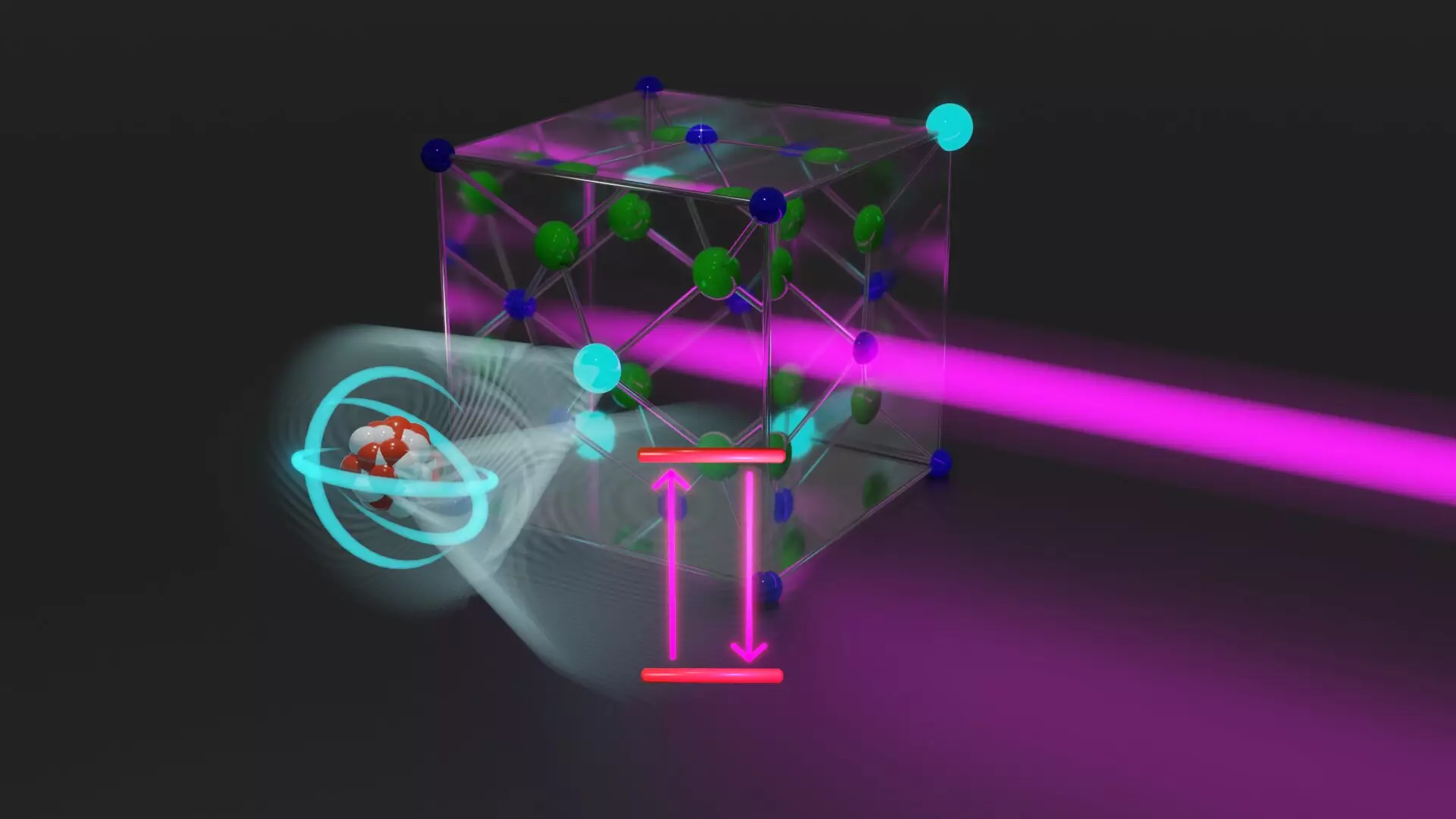In a groundbreaking discovery, physicists have finally achieved the long-awaited goal of manipulating atomic nuclei with lasers. This development opens up a world of possibilities for revolutionary technological applications and a deeper understanding of fundamental physics. For many years, scientists have been searching specifically for the thorium transition, a state of thorium atomic nuclei that could lead to significant advancements in various fields.
The manipulation of atoms and molecules with lasers has been a common practice in modern physics, enabling precise measurements and applications such as atomic clocks and quantum computers. However, the energy required to manipulate atomic nuclei is significantly higher than that of electrons in atoms or molecules, making it a challenging endeavor. Atomic nuclei are ideal for precision measurements due to their small size and resistance to external disturbances, but their manipulation has been a long-standing issue.
Since the 1970s, scientists have speculated about the existence of a special atomic nucleus, thorium-229, which could potentially be manipulated with a laser. This nucleus possesses two closely adjacent energy states, making it a prime candidate for laser-induced transitions. However, the precise energy measurement required for this manipulation has been a major obstacle, akin to finding a needle in a haystack.
Rather than studying individual thorium nuclei in isolation, a research team led by Prof. Thorsten Schumm developed crystals containing a large number of thorium atoms. This innovative approach allowed them to target approximately 10^17 thorium nuclei simultaneously with a laser, significantly increasing the chances of detecting the energy transition. On November 21, 2023, the team successfully hit the correct energy of the thorium transition, marking a significant milestone in their research.
With the ability to precisely control atomic nuclei using lasers, new possibilities emerge for precision measurement techniques and technological advancements. The development of a nuclear clock that surpasses the accuracy of current atomic clocks is within reach, offering enhanced timekeeping capabilities. Furthermore, the analysis of Earth’s gravitational field could provide valuable insights into geological phenomena such as mineral resources and earthquakes.
Beyond technological applications, the manipulation of atomic nuclei could shed light on fundamental questions in physics. The ability to measure the constants of nature with unprecedented accuracy raises the possibility of detecting subtle changes over time. This breakthrough marks the beginning of a new era of research, with endless possibilities for exploration and discovery in the realm of quantum and nuclear physics.
As research teams continue to refine their techniques and delve deeper into the world of atomic nuclei manipulation, the potential for groundbreaking discoveries grows exponentially. The manipulation of atomic nuclei with lasers has transcended theoretical speculation to become a tangible reality, propelling the field of precision measurement into uncharted territories. With each new revelation, the boundaries of what is possible in the realm of physics expand, promising a future filled with innovation and exploration.


Leave a Reply
You must be logged in to post a comment.